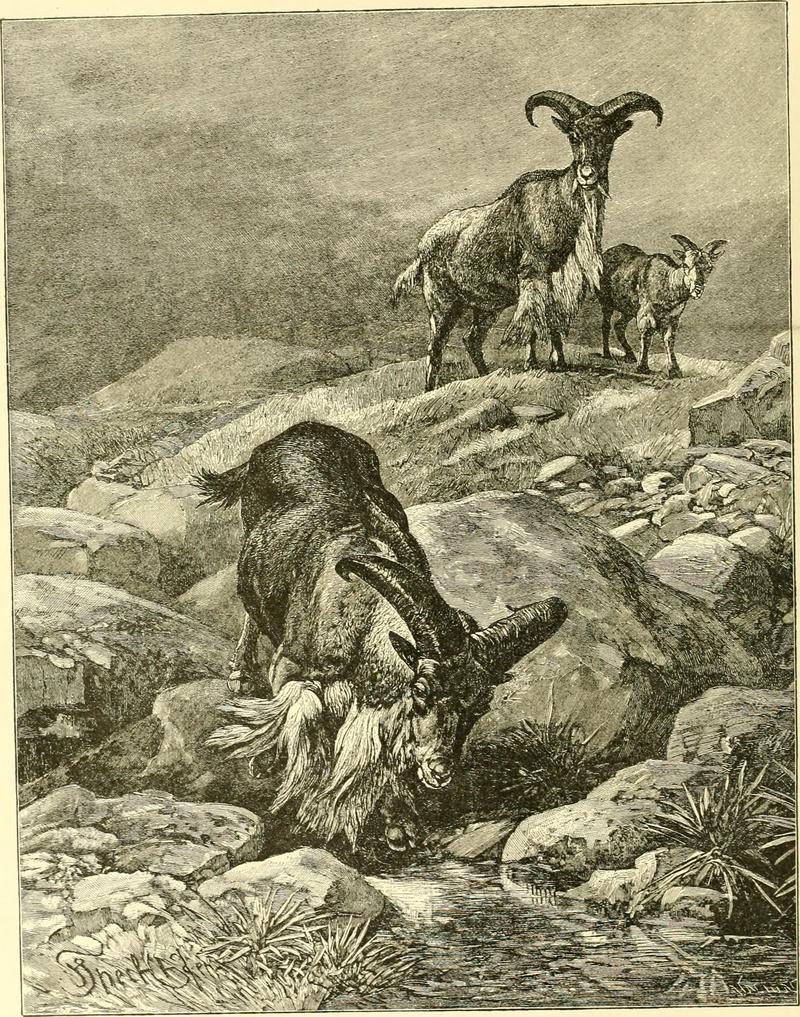|
| Query: goat | Result: 582nd of 648 | |
Barbary sheep, aoudad (Ammotragus lervia)
| Subject: | Barbary sheep, aoudad (Ammotragus lervia)
| | Poster: | Wiki Photos (---@---.---)
| |

| Resolution: 1910x2428
File Size: 1327373 Bytes
Upload Date: 2017:03:20 14:11:03
|
AOUDADS.
Title: Hunting and trapping stories; a book for boys
Year: 1903 (1900s)
Authors: (Price, J. P. Hyde), 1874- (from old catalog)
Subjects: Hunting
Date 1903
Source: https://commons.wikimedia.org/wiki/File:Hunting_and_trapping_stories;_a_book_for_boys_(1903)_(14759478226).jpg
The Barbary sheep (Ammotragus lervia) is a species of caprid (goat-antelope) native to rocky mountains in North Africa. Six subspecies have been described. Although it is rare in its native North Africa, it has been introduced to North America, southern Europe, and elsewhere. It is also known as aoudad, waddan, arui, and arruis. |
^o^
Animal Pictures Archive for smart phones
^o^
|
|